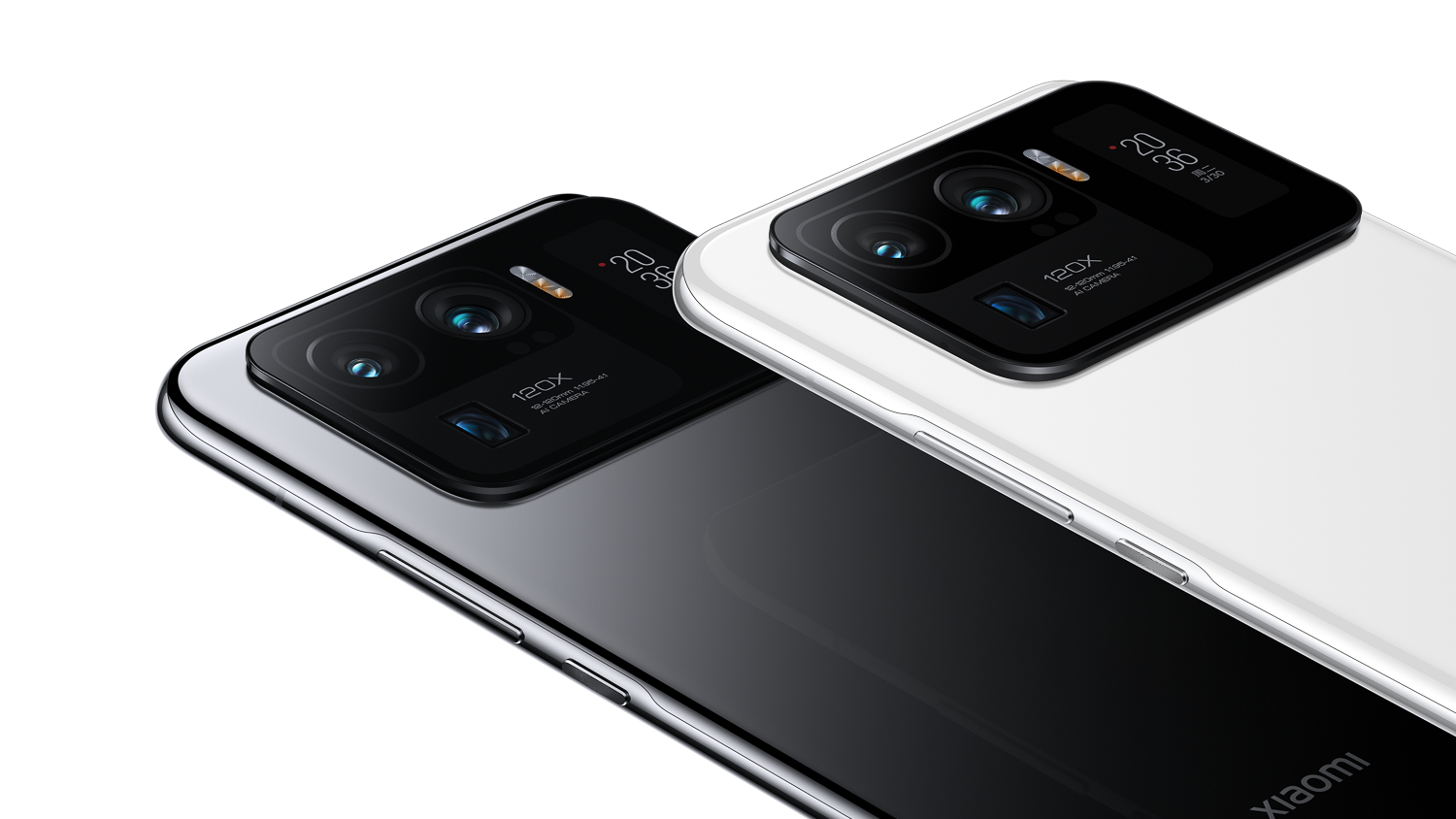Xiaomi pips Apple to become the second-biggest smartphone maker
Worldwide shipments grew by 12% amid the pandemic

With an impressive 83% growth in shipments, Chinese smartphone maker Xiaomi has overtaken Apple as the second-largest smartphone maker globally.
The South Korean brand Samsung still holds the pole position with 19% market share and Apple, which is now at the third position, has 14% of the market share.
According to the research firm Canalys, in the second quarter of 2021, Xiaomi’s market share grew dramatically while Samsung saw a 15% growth and Apple only had a nominal 1% increase in the market share.
Thanks to this rapid growth, Xiaomi has not only surpassed Apple but is in a position to overtake Samsung to become the numero uno as the difference in the market share of both the companies is just 2%. The report also reveals that despite the deadly second wave of COVID in many countries, the global smartphone market grew at a rate of 12%.
- Best Xiaomi phones of 2021: these are the top Mi, Redmi, Poco and Black Shark devices
- Best phones in India for 2021

Historically, the trio of Samsung, Apple and Huawei had remained at the top three positions. But the exit of Huawei has opened the floodgates and Chinese smartphone companies like Xiaomi, Oppo, Vivo etc. have gained the maximum share.
Change in focus helped Xiaomi
Xiaomi makes a variety of products apart from smartphones including – TVs, Water and Air purifiers, wearables, rice cookers, monitors, laptops and more. Once known as a budget and affordable device maker, Xiaomi quickly started focusing on flagship and premium devices to fill in Huawei’s shoes.
Looking at the numbers, Xiaomi has been able to increase its shipments by 300% in Latin America, 150% in Africa, and 50% in Western Europe. As a result, the company has been able to barge into the top-two mark for the first time.
Sign up for breaking news, reviews, opinion, top tech deals, and more.
Xiaomi devises a fraction of what a typical Samsung or an Apple phone would cost, which gives it a distinct edge over both the leading brands. “Compared with Samsung and Apple, its average selling price is around 40% and 75% cheaper respectively,” said Canalys Research Manager Ben Stanton.
Additionally, while Samsung and Apple only sell their phones under a single brand name using the traditional marketing techniques. Xiaomi, on the other hand, operates multiple sub-brands namely Mi, Redmi, Poco and Black shark with each brand focusing on a specific price range and category and sells its phones primarily using the online channel thus cutting down the costs considerably.
Path ahead
Though Xiaomi has been able to reach the second position already, the path ahead is not going to be easy. Other Chinese smartphone makers like Vivo and Oppo are also competing in similar segments in the same market space, making the competition intense.
Unlike Xiaomi, both Vivo and Oppo rely primarily on sales from brick-and-mortar stores, however, they also have sub-brands like OnePlus, Realme, and iQoo. Even Realme has got a sub-brand called Dizo. Though, if combined, these brands under BBK, own a majority of smartphone shipments, way beyond Samsung and Apple. However, BBK wants these brands to be considered independent and compete with each other in the market.
Now Xiaomi will not only have to tackle the competition with various brands that follow different approaches but will also have to find out ways to improve the sales of its premium devices. Xiaomi’s flagship Mi 11 Ultra costs similar to a flagship of a premium brand pitting it head-to-head with the like of Apple, which isn’t happy with the 1% growth and has already hinted its suppliers to increase the production of its upcoming iPhone 13 lineup.
Follow TechRadar India on Twitter, Facebook and Instagram for the latest updates.

Jitendra has been working in the Internet Industry for the last 7 years now and has written about a wide range of topics including gadgets, smartphones, reviews, games, software, apps, deep tech, AI, and consumer electronics.